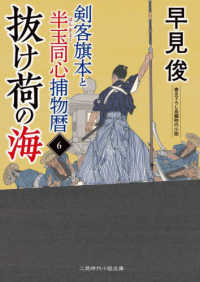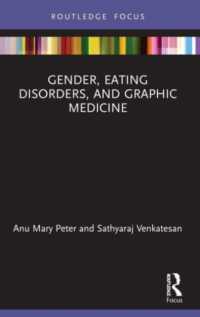Full Description
Investigating children's learning through dance and drawing-telling, Dance-Play and Drawing-Telling as Semiotic Tools for Young Children's Learning provides a unique insight into how these activities can help children to critically reflect on their own learning. Promoting the concept of dance and drawing-telling as highly effective semiotic tools for meaning-making, the book enlivens thinking about the extraordinary capacities of young children, and argues for the incorporation of dance and drawing in mainstream early childhood curriculum.
Throughout the book, numerous practice examples show how children use movement, sound, images, props and language to imaginatively re-conceptualize their everyday experiences into bodily-kinesthetic and spatial-temporal concepts. These examples illustrate children's competence when given the opportunity to learn through dance and drawing-telling, as well as the important role that teachers play in scaffolding children's learning.
Based on award-winning research, this insightful and informative book makes a sought after contribution to the field of dance education and seeks to reaffirm dance as a powerful learning modality that supports young children's expressive non-verbal communication. Encouraging the reader to consider the significance of multi-modal teaching and learning, it is essential reading for researchers in the dance, drawing and education spheres; postgraduate students taking courses in early childhood; play and dance therapists; and all early childhood teachers who have a specific interest in arts education.
Contents
1 Embodied Thinking: The Central Role of Dance 2 Dance and Drawing as Sign Systems for Transmediated Meaning-Making 3 Planning for Dance 4 The Dance Encounter 5 Learning about Children's Dance from Children 6 Small Group Dance-Play 7: Ensemble Dance-Play 8 Drawing the Threads Together








